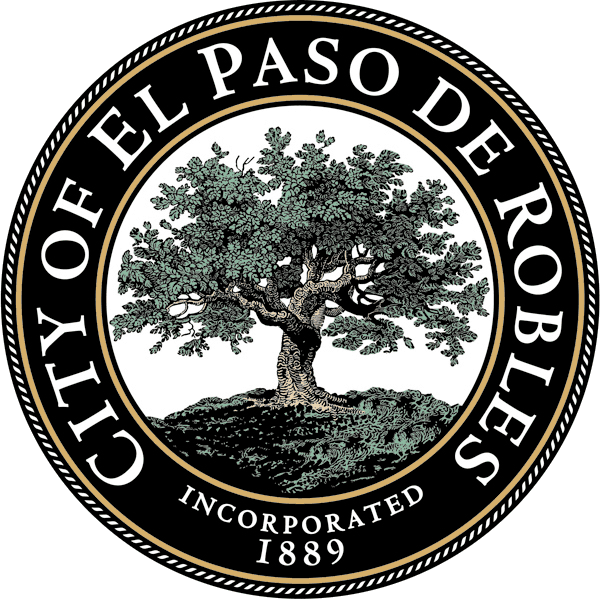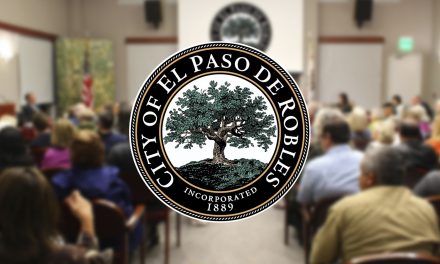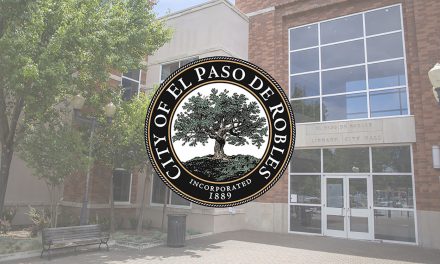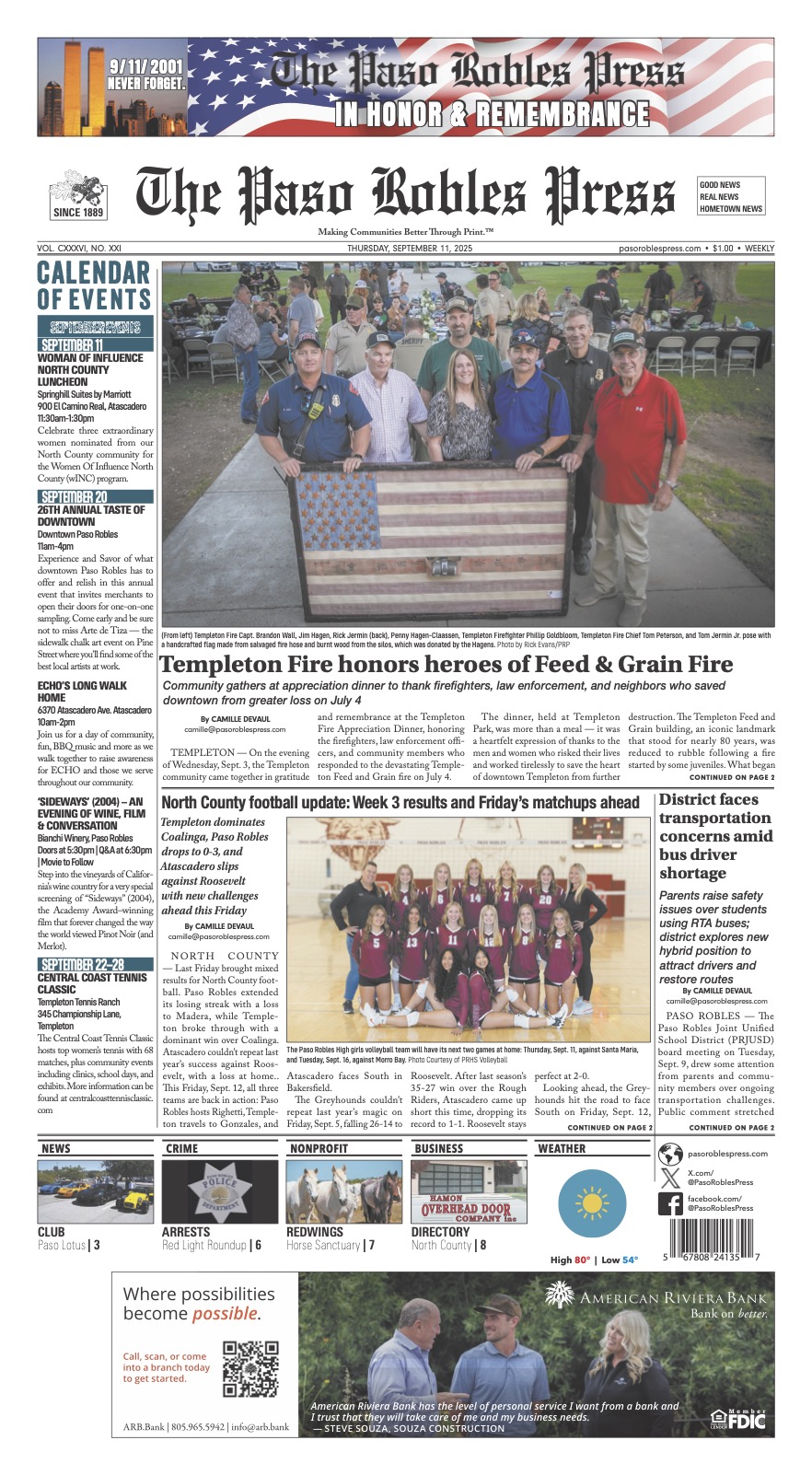Allocated yearly CDBG monies
PASO ROBLES — In March, the City of Paso Robles Council decided on its recommendations to the San Luis Obispo County Board of Supervisors on how to dole out this year’s allotted $236,185 in Community Development Block Grant Program funds. In a unanimous vote (5-0), the council decided to fund the 17th Street sidewalk and ramp project for $94,770, Grid Alternatives’ solar project for $58,750, El Camino Homeless Organization for $21,728, CAPSLO’s senior daycare services for $13,700, and administration costs that primarily go to the County for $47,237. SLOBOC makes the final decision on where they will distribute the funds after receiving the City’s recommendations.
“There is a $153,000 that available for public improvement projects,” said Warren Frace. “$35,000 of that is available for public service projects, and there would be $47,000 available for administration. Here’s the split; 13 percent goes to the County, which would be $30,000, and seven percent or $16,000 is used by the City to administer these programs.
The sidewalk project will install an infill curb gutter on 17th Street. The project focuses on the area adjacent to the school’s block where the Bauer Speck Elementary School is located and will provide school children, disabled people, and seniors the ability to walk on continuous sidewalks and curb ramps to access the school.
GRID Alternative solar projects consist of two separate projects operated through Anna’s Home. The nonprofit works as a supportive housing program that provides women and their children a safe and sober living environment. $32,750 will support a working trade school course for its at-risk women that teaches them to install solar panels. The second Anna’s project will receive $26,000 for students to install solar panels to the nonprofit’s facility.
SLOCAP Provides a supportive daycare environment for seniors with early stages of Alzheimer’s or other forms of dementia or cognitive impairments. ECHO serves the displaced in the San Luis Obispo North County by providing home and programs to assist people getting back on their feet.
The CDBG, created in 1974 by the U.S. Housing and Urban Development, provides grants to states, cities, and counties to aide in the development of viable urban communities. The program promotes the building of decent housing and a suitable living environment and by expanding economic opportunities, principally for low- and moderate-income persons, according to the HUD website.
Federal regulations dictate that at least 70 percent of all funds must be spent on activities that benefit low-income persons with no more than 30 percent may be spent on activities that eliminate urban decay. CDBG funds are restricted to no more than 15 percent being used for public service programs and must not exceed 20 percent for administrative uses.













